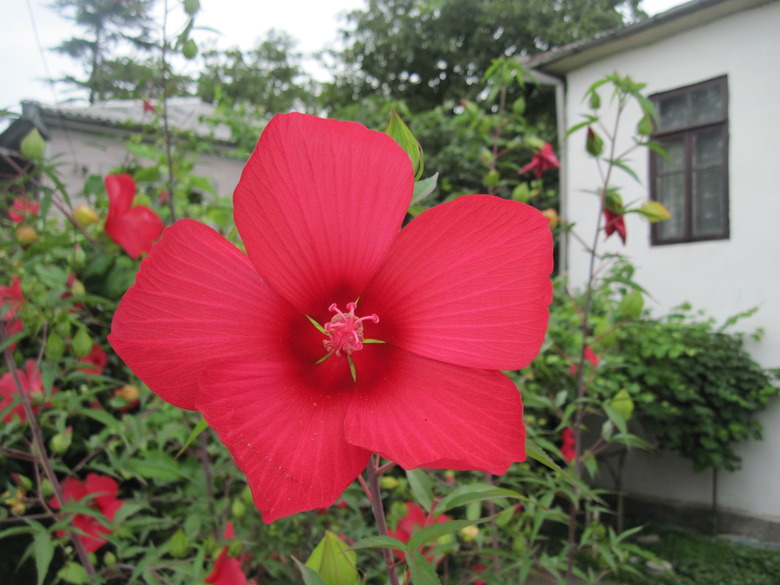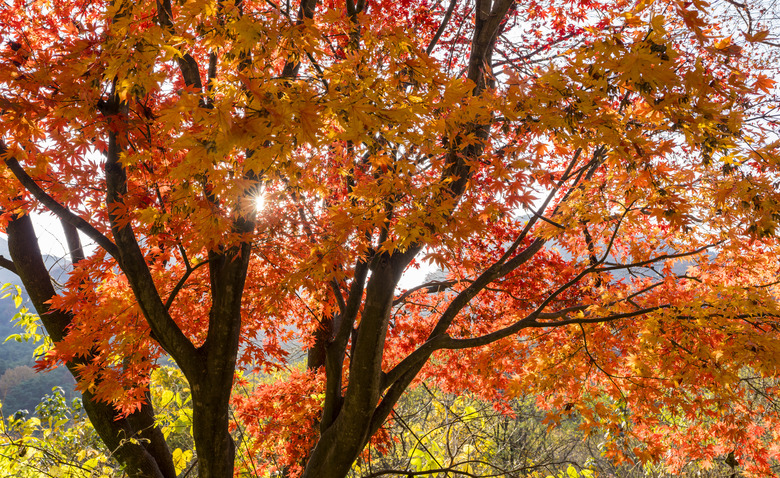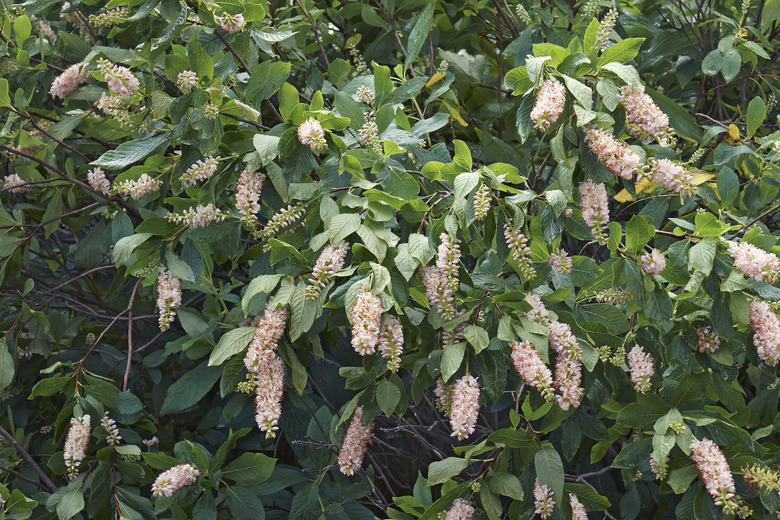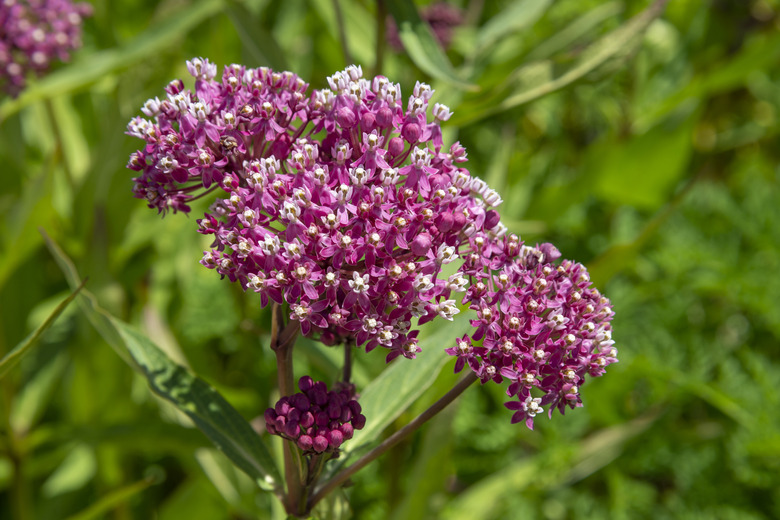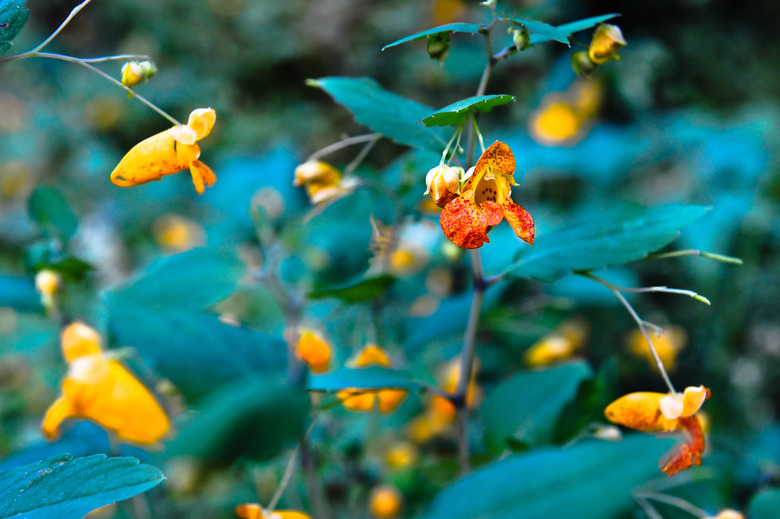Plants That Need A Lot Of Water
What Garden Plants Need the Most Water?
Although many plants struggle on moist soils and wet sites, there are some that prosper in these conditions. If you have a poorly draining area in your yard, one remedy is to amend the compacted soil or improve the drainage in other ways to sustain a larger variety of landscape plants that need well-draining soil to perform well.
Installing a rain garden with water-loving plants can turn a barren and soggy part of your landscape into a visual masterpiece.
But another, easier option is to choose water-loving plants and shrubs that flourish when their "feet" are wet.
Soil Moisture Categories
The five main categories that define the moisture content of soil and their abbreviations that you may see on plant tags or seed packets are:
1. **Wet (W):** Soil that stays wet or soggy throughout most of the growing season, often with standing water above soil level. 2. Wet Mesic **(WM):** Soil that is wet during the spring and winter rainy seasons but dries out in summer and fall. 3. **Mesic (M):** Soil that stays moist but not soggy throughout the growing season. 4. **Dry Mesic (DM):** Soil that dries after rain events. 5. **Dry (D):** Soil that stays very dry during most of the growing season.
Categories 1, 2 and 3 represent the different levels of moisture that are suited to water-loving plants. Different types of plants, including trees, shrubs, perennials and annuals, tolerate or even thrive in these three types of soil.
Water-Loving Trees
Particularly in sloped landscapes, trees and other plants at the bottom of the slope receive natural rainfall plus the water runoff uphill of the slope. These areas are prone to ponding and holding more water than higher elevations.
Some trees suited for soggy, wet or moist sites are:
- Red maple (Acer rubrum, USDA zones 2 to 9): Also called swamp maple because of its affinity for wet sites, red maple is a cold-hardy, native, deciduous tree that can tolerate occasionally flooded sites.
- River birch (Betula nigra, zones 4 to 9): Also called water birch, this is another native tree that prefers wet soil and sails through extended periods of standing water.
- Sweet bay magnolia (Magnolia virginiana, zones 5 to 10): Also called swamp magnolia, this small native tree bears fragrant white flowers in spring to summer.
- Water oak (Quercus nigra, zones 6 to 9): Water oak is another native tree that can handle wet sites and is particularly suited for low spots in the landscape.
Water-Loving Shrubs
When a poorly draining area of your landscape is too small to support a water-loving tree, consider these native shrubs that also flourish in this environment:
- Inkberry (Ilex glabra, zones 4 to 11): This shrub
is one of our native hollies, bearing black berry-like drupes instead of the traditional red ones on most holly species. It tolerates consistently wet to moist soil.
- Redtwig dogwood (Cornus sericea, zones 2
to 7): Growing 6 to 10 feet, this dogwood species shrub bears flat clusters of white flowers in spring. But the landscape feature that's more striking is its bright-red stems that give winter interest to many drab landscapes. Redtwig dogwood grows best when planted on soil that stays consistently moist, and it also tolerates wet sites.
- Summersweet (Clethra alnifolia, zones 3
to 9): Another native shrub, summersweet may have white or pink flowers, depending on cultivar, and it prospers when planted on moist to wet soil.
Water-Loving Perennials
Like many plants that prefer moist, wet or even soggy soil, these water-loving herbaceous perennials have the word "swamp" in their common names:
- Swamp hibiscus (Hibiscus coccineus, zones 5
to 9): Also called star hibiscus because of its star-shaped flowers, which may be red or white depending on cultivar, this tall herbaceous perennial grows to 8 feet in a single season. For optimal health and maximum bloom potential, these are plants that like wet soil and full sun. They can even grow slightly submerged in riparian areas.
- Swamp milkweed (Asclepias incarnata, zones 3
to 9): As one of the milkweed species plants that provide food for monarch butterflies as well as being a larval host plant for monarchs, swamp milkweed has purplish-rose flowers.
- Swamp sunflower (Helianthus angustifolius,
zones 5 to 9): Instead of huge flowerheads that adorn many types of annual sunflowers, perennial swamp sunflower has smaller, 2- to 3-inch yellow flowers. Even though individual flowers are small, they profusely cover plants and offer a lot of bang for the buck on plants that grow up to 8 feet in a single season. This is one of the plants that like lots of water and full sun.
Water-Loving Annuals
Although there aren't as many annual plants that tolerate wet soil, these selections are stellar performers in moist conditions:
- Jewelweed (Impatiens capensis): Among our
native plants that need lots of water and shade is jewelweed. So named for how water beads up on the leaves, resembling sparking jewels, this plant is a species of Impatiens.
- Summer forget-me-not (Anchusa capensis): Although technically a biennial in zones 7 through 10, summer forget-me-not
typically is grown as an annual. It provides pops of blue color in summer on 18-inch-tall stems. Like other moisture-loving plants that can tolerate drier conditions, this annual performs best when planted on moist soil.
- Sweet pea (Lathyrus odoratus): This annual bears intoxicatingly fragrant flowers in spring to
early summer. It grows and flowers best when the soil is consistently moist, without being allowed to dry out.
